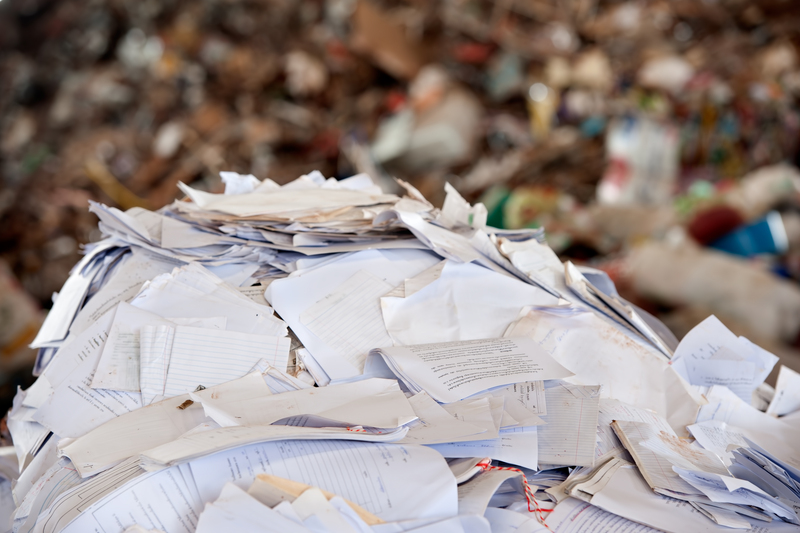Community Efforts to Combat Microplastic Pollution
Microplastic pollution has emerged as a pressing environmental concern, impacting marine ecosystems, human health, and biodiversity globally. Communities around the world are making concerted efforts to address this issue through a myriad of innovative strategies. This comprehensive look into these community initiatives not only highlights the diverse approaches being applied but also underscores the importance of collaborative efforts in achieving a sustainable solution.
Understanding Microplastic Pollution
Microplastics are tiny plastic particles less than 5 mm in size. They originate from a variety of sources, including the breakdown of larger plastic debris, cosmetic products, and synthetic textiles. Due to their size, microplastics easily infiltrate aquatic environments, posing severe threats to marine life and potentially entering the human food chain. The rising wave of public awareness around microplastic pollution has galvanized communities into action.
The Scope of Community Involvement
Communities are at the forefront of combating microplastic pollution through initiatives that encompass education, policy advocacy, cleanup operations, and innovative recycling techniques.
Educational Campaigns
Education is a pivotal tool in the fight against microplastic pollution. By raising awareness among local populations, communities can influence behavior change and reduce plastic waste at the source:
- Workshops and Seminars: Local organizations conduct workshops to educate residents about the detrimental effects of microplastics.
- School Programs: Integrating environmental conservation into school curriculums fosters a sense of responsibility in younger generations.
- Public Art Initiatives: Using art installations made from recycled materials to spark community conversations about pollution.
Advocacy for Policy Changes
Grassroots movements are integral in advocating for policy changes at local, regional, and national levels. Some community-led initiatives include:
- Petitions: Communities rally citizens to sign petitions that call for stricter regulations on plastic production and disposal.
- Local Legislation: Support for ordinances that ban single-use plastics or impose taxes on plastic production.
- Government Partnerships: Collaboration with local governments to develop and implement policies that address microplastic challenges effectively.
Community Cleanup Operations
Practical, hands-on solutions are equally important in addressing the problem of microplastic pollution. Community cleanup efforts play a crucial role:
- Beach Cleanups: Organizations regularly organize beach cleanup events, engaging volunteers to remove waste directly from coastal areas.
- River and Lake Initiatives: Similar cleanups are staged around freshwater bodies to prevent microplastics from reaching marine environments.
- Street Cleanups: Urban initiatives to keep neighborhoods and gutters plastic-free, preventing waste from entering waterways.
Innovative Recycling and Upcycling Techniques
Communities are also spearheading solutions that focus on recycling and transforming waste into valuable resources:
- Plastic Swapping Programs: Initiatives that allow residents to exchange plastics for incentives, encouraging recycling.
- Upcycling Workshops: Teaching community members how to creatively repurpose plastics into usable products.
- Local Circular Economies: Development of systems where plastic waste is used as a raw material for local businesses.

The Role of Technology and Innovation
The fight against microplastic pollution also sees collaboration with tech communities to develop new solutions:
- Microplastic Filtration Devices: Inventions like advanced filters for washing machines that capture fibers shed during laundry.
- Environmental Monitoring Systems: Usage of drones and sensors to monitor environmental conditions and track pollution levels.
- Biodegradable Plastics Innovation: Efforts to create and promote the use of plastics that break down naturally without leaving toxic residues.

Success Stories and Lessons Learned
Many communities worldwide have already witnessed measurable success in their efforts to curb microplastic pollution. These examples offer a blueprint and hope for others:
- Santiago, Chile: A robust plastic bag ban introduced in 2018 led to significant reduction in plastic waste within a year.
- The Netherlands' Ocean Cleanup Project: An initiative that successfully removes plastic from the Pacific Ocean using innovative cleanup systems.
- Estonia's Let's Do It Movement: A global cleanup drive that originated in Estonia, mobilizing millions of people to participate in waste removal projects.
Conclusion: The Power of Community Action
Community efforts to tackle microplastic pollution demonstrate the powerful impact that collective action can have on global environmental challenges. By enlisting public involvement, advocating for effective policies, participating in cleanup initiatives, embracing innovation, and educating future generations, communities can significantly contribute to reducing microplastic pollution. Although the journey to a cleaner, healthier planet requires persistence and collaboration on all fronts, these localized efforts showcase that positive change is within our grasp, inspiring action beyond borders.
Join the movement today and contribute to creating a future free from microplastic pollution.